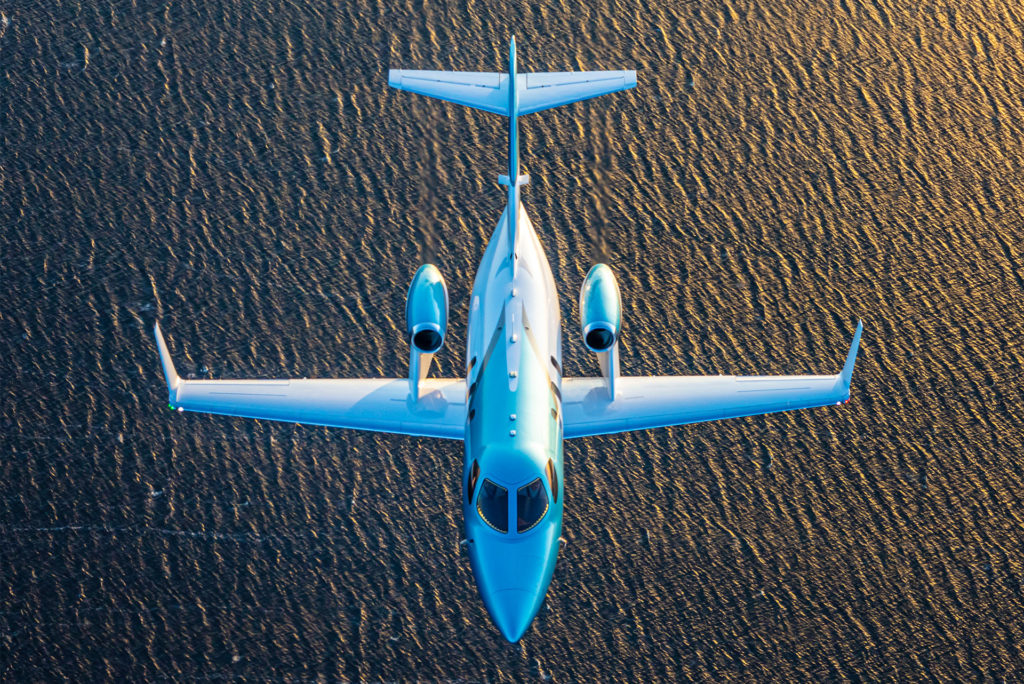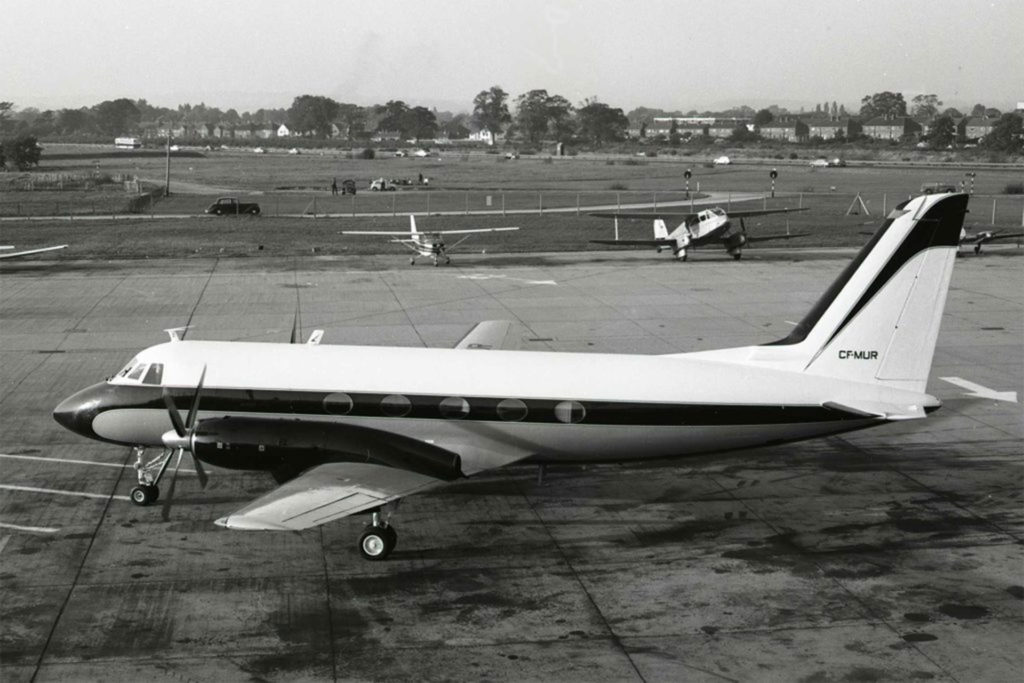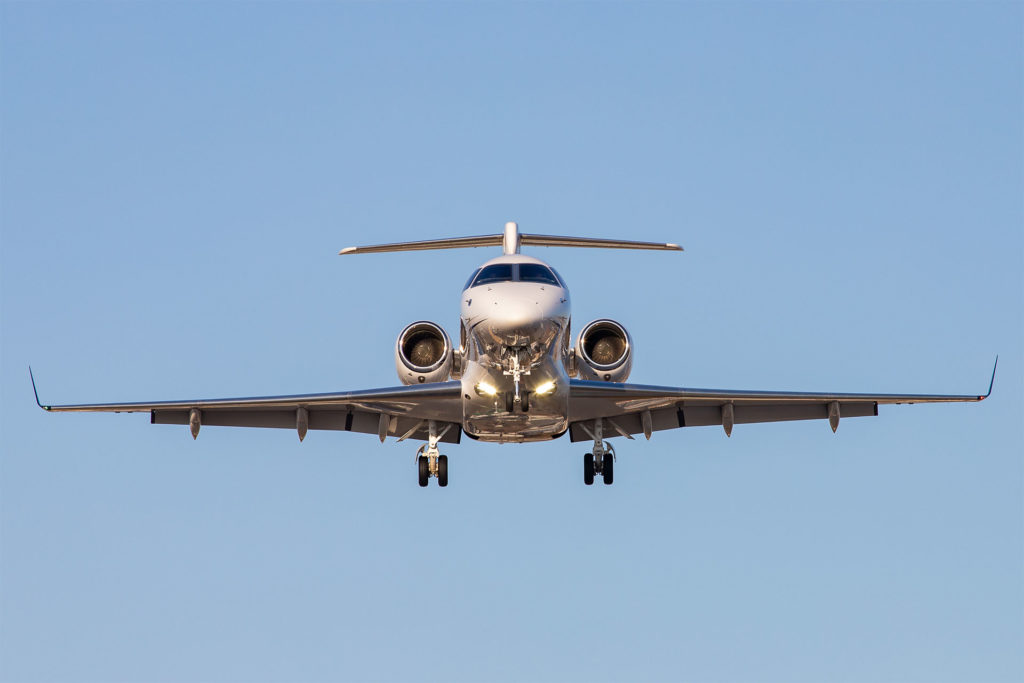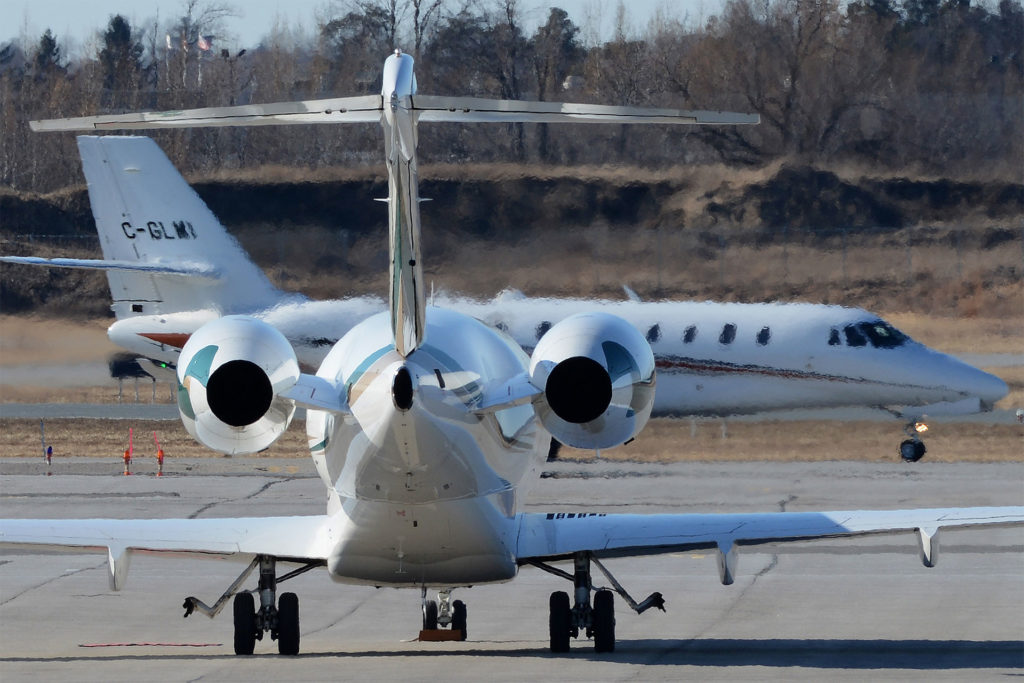Estimated reading time 14 minutes, 43 seconds.
Ask anyone unfamiliar with aviation to define a corporate aircraft, and you’ll likely be told that it is a luxurious jet used to whisk billionaires and entertainment stars to exotic destinations. While in some cases that may be true, business aviation encompasses far more types of missions than what is commonly known by the general public. For instance, bringing customers and/or suppliers to manufacturing facilities; transporting personnel to remote locations; and moving equipment, parts, and supplies to enable the continuation of operations.

The “luxurious jet” is not always in the picture, either. There’s a wide range of aircraft used for these missions, depending on the size of the load, the distance to the destination, time constraints, and cost considerations. In fact, a single-engine turboprop aircraft that is capable of covering 200 miles in an hour can be just as valuable to its operator as a jet that can travel 6,000 miles non-stop in half a day.
Let’s take a look at where it all started…
History in a Nutshell
Canadian business aviation began 101 years ago, when natural resource companies purchased aircraft to support their operations in Quebec, Ontario, and the Northwest Territories. Given the thousands of lakes across Canada’s north, seaplanes were ideal. The first Canadian business aircraft, a Curtiss HS-2L, was registered as G-CAAC to Laurentide Company of Grand-Mere, Quebec, on June 2, 1920. Five days later, an Aeromarine 40L was registered as G-CABM to Spanish River Pulp & Paper Mills of Sault Ste. Marie, Ontario. Price Brothers, Imperial Oil, and Ontario Paper became Canada’s next corporate aircraft owners that year. Those three would eventually operate jet equipment.
After the Second World War, new single-engine models from Beech, Cessna, and Piper provided reliable transportation for up to four passengers. Bushplanes produced by de Havilland Canada, Fairchild, Noorduyn, Republic Aviation, and Stinson Aircraft became popular up north. Twin-engine models that provided comfortable cabins for six to eight passengers and cruise speeds similar to airliners of the period included the Beech 18, Aero Commander, and de Havilland Dove. During the 1950s, the ultimate in corporate aircraft were converted piston airliners and military transports like the Douglas DC-3 and the Lockheed Lodestar. These types provided their owners with spacious, office-like cabins, and a ramp presence that garnered respect.

The industry advanced during the 1960s with the arrival of the first turboprop models. By the end of 1961, there were four Grumman G-159 Gulfstreams and one Fairchild F-27 owned by Canadian companies. The first Canadian corporate jet was a Lockheed L-1329 JetStar (CF-ETN), which was delivered to T. Eaton Company on March 19, 1962. During that decade, other jet models entered service, like the Hawker Siddeley DH.125, Rockwell Jet Commander, Lear Jet 23, Dassault Falcon 20, North American Sabreliner, and Grumman G-1159 Gulfstream II. By the end of 1969, there were 44 Canadian-owned biz jets.
In recognition of the important role that corporate aircraft were playing, the first general meeting of the Canadian Business Aviation Association (CBAA) took place in Toronto on Sept. 7, 1961. Working with regulators on many issues including safety, security, operational efficiency, and equitable taxation, the CBAA continues to be a significant supporter and promoter of corporate aviation 60 years on. Its approximately 400 members consist of aircraft owners, operators, and associated industry product and service providers.


Biz Av Now
Fast forward to 2021, and the usefulness and capabilities of corporate aircraft have never been more pronounced or in demand. A corporation operating an aircraft is analogous to a family operating an automobile. Without a car, family members are subjected to the vagaries of public transit systems — if they exist. Without a plane, a company’s employees have to rely on airline schedules. Depending on the destination, this can mean one or more connections en route. Of course, that assumes the destination is served by a scheduled carrier.
The aircraft type most often associated with business aviation is the jet. Today, there are more than 500 bizjets operating across Canada. Owned by corporations, families, governments, charter companies, and fractional ownership operators, these business aircraft range in size from the Cessna 510 Citation Mustang to the Boeing 737-500.
The roles played by business aircraft today are just as varied as the types in service. While many are used exclusively to transport employees or people directly associated with the business, corporate aircraft also provide specific missions that are essential to the success of the enterprise.

Take TELUS Corporation of Vancouver, British Columbia, for example, which operates a pair of seaplanes. Its de Havilland Turbo Beaver and Quest Kodiak amphibians enable crews to maintain vital telecom infrastructure at remote coastal communities.
One unique operation is that of Toronto-based Glencore Canada Corporation. Its two Boeing 737-200Cs support the Raglan nickel mine at Kattiniq, Quebec — 1,270 miles (2,040 kilometers) north of Toronto. Each “combi” aircraft can carry 76 passengers along with two pallets of supplies; or 60 passengers with three pallets; or as a freighter with six pallets. They routinely fly between Toronto, Montreal, Rouyn-Noranda, and Kattiniq.
“Having our own aircraft dedicated to the Raglan mine allows us to give our people customized service, flexible schedules, flexible configurations, and medevac lift as needed,” Dean Carroll, Glencore Canada’s director of aviation, told Skies.
Heading west to Calgary, AirSprint — the nation’s leading fractional operator — manages 18 jets for more than 250 owners, with four additional jets due to join the fleet this year. Since the start of 2020, AirSprint has seen its client numbers increase by more than 30 percent. A significant proportion of those new owners lacked experience with private aviation, but have been won over by the sector’s many attributes.
“The combination of the rapid growth of the sharing economy and the recent health pandemic has resulted in a significant expansion of the private aviation consumer base,” said AirSprint president James Elian. “These events have highlighted AirSprint’s strengths; following five years of record growth, we expect this growth to continue for the foreseeable future.”

When it comes to aircraft owners, some prefer to have their own flight department look after their aircraft, but many hand the operating responsibilities over to specialized management companies. This allows the owner to avoid dealing directly with diverse issues including personnel, maintenance, dispatching duties, hangarage, insurance, fuel, regulatory matters, and catering.
Based on the number of aircraft on the Canadian Civil Aircraft Register (CCAR), the five largest Canadian business aircraft managers are Skyservice Business Aviation, Chartright Air Group, Innotech-Execaire Aviation Group, Sunwest Aviation, and Starlink Aviation. Between them, they manage more than 160 fixed-wing aircraft and helicopters across the country.
Skyservice Business Aviation of Mississauga, Ontario, began as an FBO at Dorval, Quebec, in June 1986. Four years later, it took on its first managed aircraft. Now, the company operates one of the largest Canadian fleets of managed aircraft from bases across the country. Benjamin Murray, Skyservice’s president, said the business aviation industry has experienced strong growth as a result of globalization and increased consumer affluence, adding that the industry has “grown through necessity.”
He continued: “It provides greater efficiency to Canadian and international business by connecting remote locations, reaching greater resources, and expanding and optimizing new supply chains.”
Regarding the key growth drivers, Murray added: “The expansion of aircraft choice in the markets and the modernization and fuel efficiency of aircraft are garnering great interest. The pandemic has also fueled pent up demand for travel. Private aviation is a natural draw, allowing an individual to choose who to travel with while avoiding larger crowds at the airport.”
Skyservice’s neighbor at Toronto Pearson airport, Chartright Air, was founded in 1987 and today manages approximately 40 aircraft — including the first two Canadian customer-owned Bombardier Global 7500s. Adam Keller, Chartright Air’s president, believes the private aviation industry is enjoying impressive growth as a result of its key market becoming increasingly aware of its advantages.

The efficiency, convenience, and personal service associated with private aviation is attracting first-time users, “many of whom plan to fly privately only once for a special occasion,” said Keller. “However, once exposed to the benefits of private aviation, there is a tendency to repeat the experience and tell friends.”
Not surprisingly, the Covid-19 pandemic and travel safety concerns “significantly increased the number of first-time users experiencing Chartright,” Keller told Skies.
In Western Canada, the fortunes of business aviation have tended to move in concert with the economic cycles of the oil patch. Despite the historic volatility, Calgary-based Sunwest Aviation, which opened its doors in 1986, has prospered. The company today operates a fleet of approximately 30 aircraft, ranging in size from the Piper Navajo Chieftain to the Gulfstream G650ER. Among the fleet are aircraft that are managed for owners, available for charter, used for medical missions, and used for workforce transportation.
Sunwest, too, saw how pandemic-related airline service reduction caused many individuals and companies to look at private charters and aircraft ownership as a way to travel. “For many, the price is not realistic, but it has brought new customers in and many of them are here to stay,” said Ian Darnley, Sunwest Aviation’s director of business development.
But another longer-term driver of growth in the biz av industry is demographics, according to Darnley. “As the population ages and retires, a certain percentage of wealthy individuals are looking to spend on an improved lifestyle,” he explained. “In many cases, that includes travel to a second home or to visit family in other locations on a regular basis.”

Biz Av into the Future
As the global economy recovers from pandemic-related restrictions, business aviation activity is expected to eventually surpass its pre-pandemic level. Global Jet Capital, a major player in the financing of new and pre-owned business jets, recently released its medium-term outlook. It stated, “Heavy jet deliveries will increase at a CAGR of 6.2 percent, while medium jets will increase at a CAGR of 7.6 percent, between 2020 and 2025.” These estimates reflect the growing appreciation for the usefulness of business aircraft. Furthermore, they bode well for OEMs such as Bombardier, Dassault, and General Dynamic’s Gulfstream subsidiary.
So, how might the business aviation industry look in a decade, and beyond? Chartright’s Keller said the industry is positioned for strong growth as companies and families seek to control their travel environment. “Operators who anticipate this demand, and cultivate the infrastructure and human resources necessary to support it, will benefit from substantial organic growth.”
A more tempered view of the future was offered by Sunwest’s Darnley: “I don’t foresee huge growth in our industry, as it is not and never will be a mass market. I am optimistic that we will see modest and steady growth, together with some consolidation within both the aircraft manufacturer side and operator side of the business.”
What about the evolution of business aircraft? Anthony Norejko, CBAA’s president, told Skies that “we’ll see fast and efficient subsonic aircraft and the ability to travel supersonic as needed.” As for telecommunications eliminating business travel, he noted, “For meetings that matter, business aviation will fill a critical role as the time machines that provide a competitive advantage.”

New technologies will likely be evident as business aviation continues to evolve. Skyservice’s Murray suggested that “there will be a greater investment in and availability of sustainable aviation fuel (SAF) options across Canada, and we are likely to see the introduction of eVTOL [electric vertical takeoff and landing aircraft] options for short routes.”
Business aviation aircraft carry out numerous important missions daily — including some that benefit greater causes. Working with the thoughtful team at Hope Air, many owners have provided space aboard their aircraft for patients in need of urgent transportation to vital medical appointments. During the past 25 years, CBAA members have donated more than $400,000 that enabled over 1,700 flights for vulnerable Canadians.
Given the significant role that business aviation has played in the growth of the Canadian economy, and the well-being of its citizens over the past 100 years, it seems fair to assume that the industry shall make similar contributions as it moves forward and evolves. Here’s to the next 100 years.

